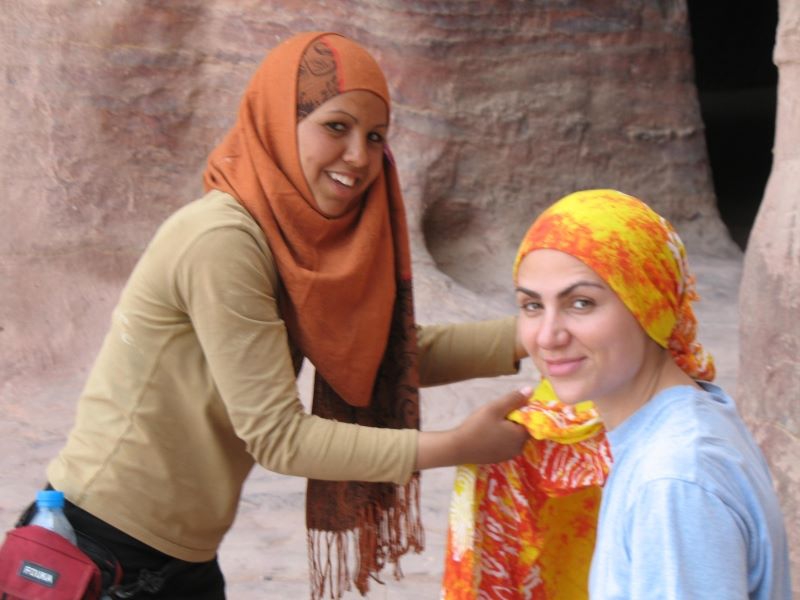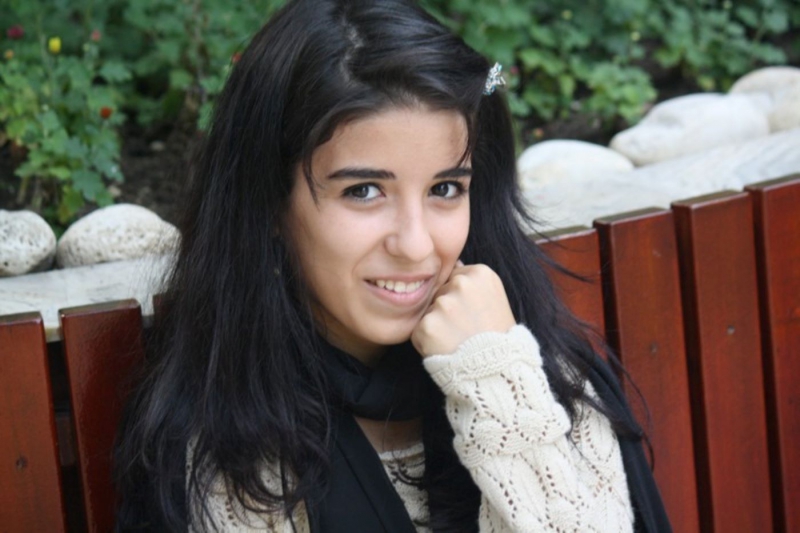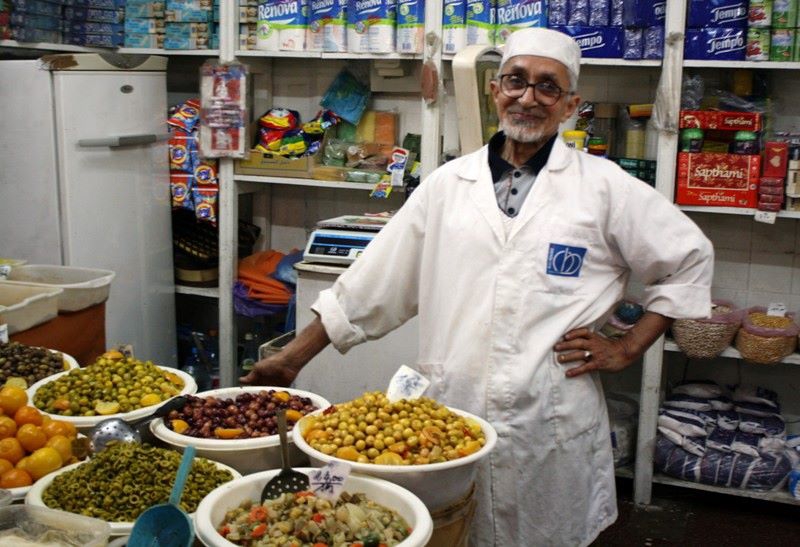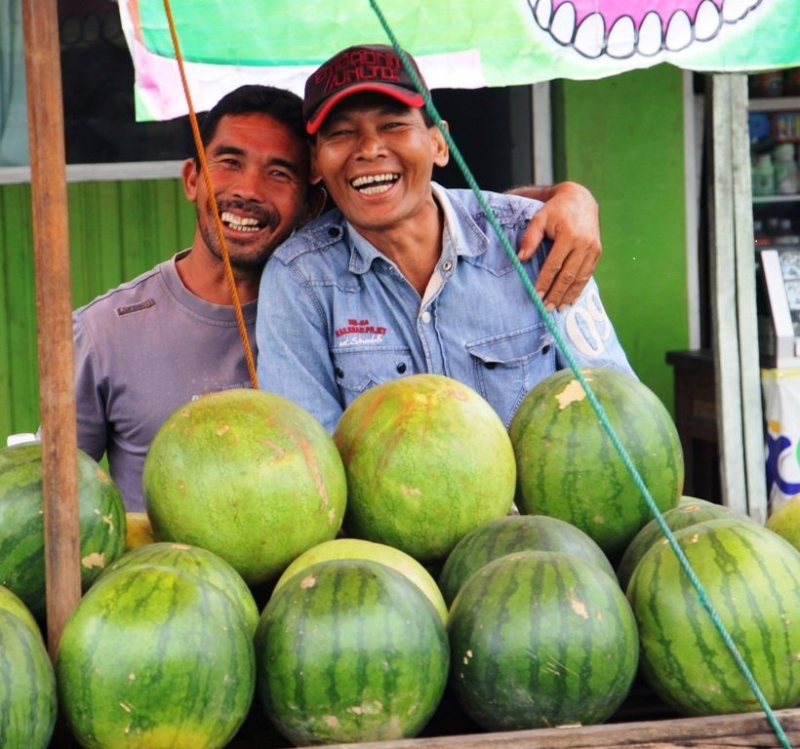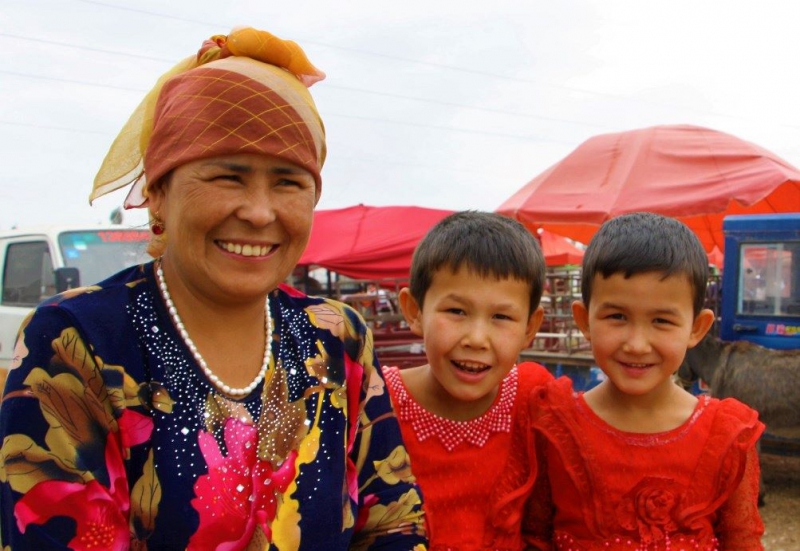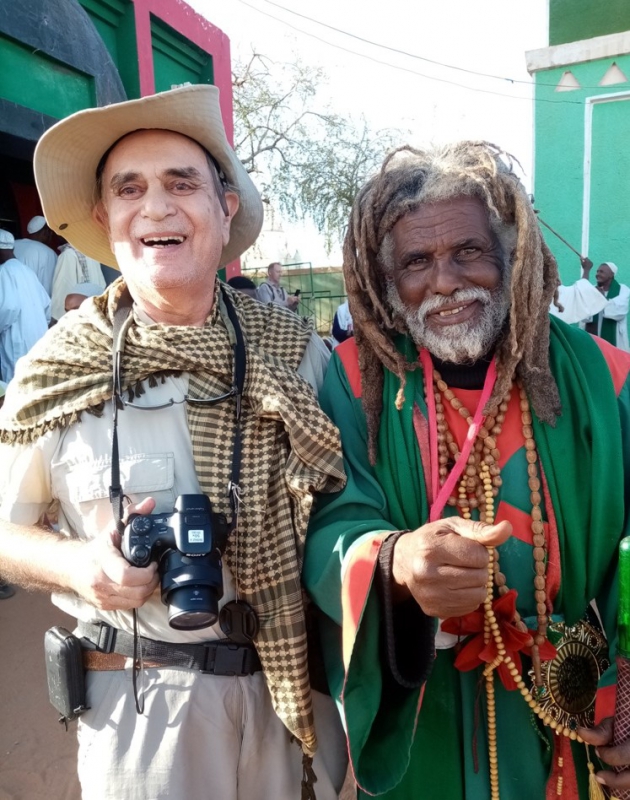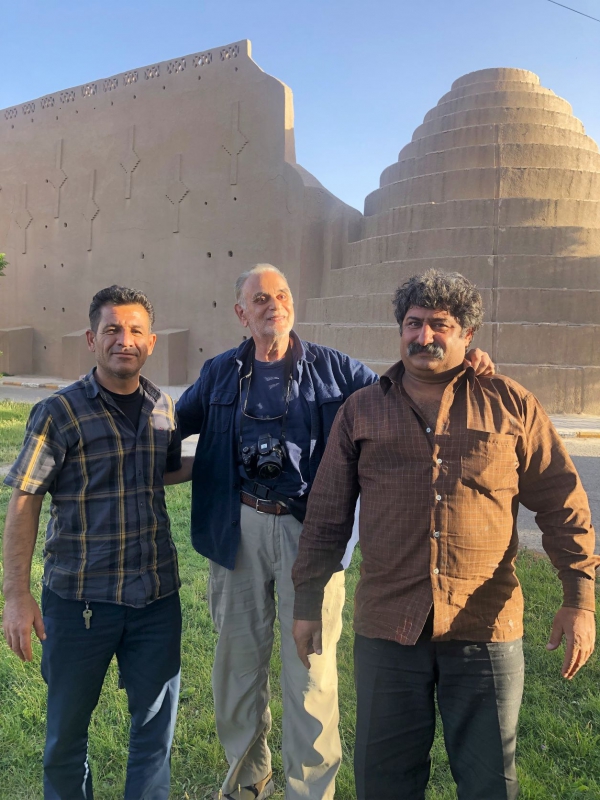Misfat
Posted January 19, 2015 by JanMisfat al Abreyeen
Oman
January 16, 2015
An hour’s drive from Nizwa, the mountain-hugging village of Mifat (Misfah) is one of the oldest in Oman (pop 300).
Built in Yemeni style, the mud brick buildings and narrow rocky paths provide a glimpse of the traditional lifestyle of the region.
And the views are marvelous!
Back to The Golden Tulip Hotel in Nizwa, the Hajar Mountain Range renders a lovely sunset setting.
Trip Advisor Reviews of Misfat:

